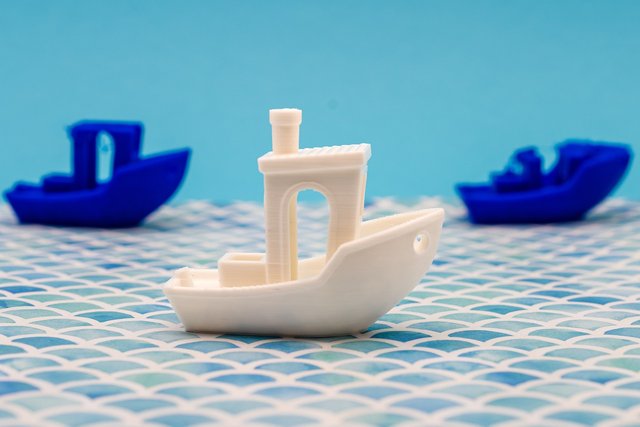The Transformational Impacts of 3D Printing within the Manufacturing Environment
Additive Manufacturing, more popularly known as 3D printing, is currently gaining traction around the world thanks to its capability of providing more efficient prototyping and cheaper production costs. The technology enables companies to produce intricate designs accurately and with minimal loss of raw materials. Manufacturing in the traditional style still requires expensive tooling and molds, both of which are unnecessary with 3D printing, bringing the potential for economic mass production of lower quantities.
Other industries such as aerospace, healthcare or automotive, are able to enhance their innovations by utilizing those capabilities to produce unique parts and test them within a short period. 3D printing, for example, allows the medical industry to manufacture unique implants or prosthetic devices specifically designed for individual patients. In addition, this kind of technology is environmentally friendly as it reduces waste and encourages the use of local production bases. This has the potential to alter international supply chains and enhance market-oriented global 3D printing as technology improves.

Downvoting a post can decrease pending rewards and make it less visible. Common reasons:
Submit